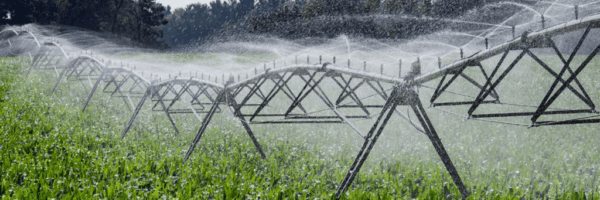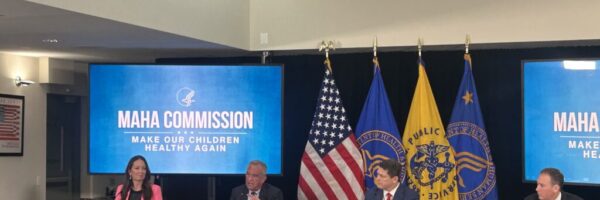
EPA moves to ease chemical safety reviews, citing red tape
The US Environmental Protection Agency (EPA) is proposing a rollback of certain Biden-era regulations that determine how the agency evaluates chemicals — a move it says will speed innovation. Critics argue the plan weakens safeguards to protect people from toxic exposures.

In Washington, a battle builds over a right to sue pesticide makers
It’s been seven years since Germany’s Bayer bought US agrochemical giant Monsanto, inheriting not only the company’s vast portfolio of seeds and pesticide products, but also more than 100,000 lawsuits alleging Monsanto’s popular Roundup herbicide causes cancer. Bayer has been working to put an end to the litigation and to block any future such cases.
WATCH: Inside the EPA – frequent industry access sparks concern
Internal calendars from the US Environmental Protection Agency show top officials meeting dozens of times with companies like Bayer, BASF and Dow — while giving little time to public health and environmental groups.

New warnings of water contamination from farm pollution in Wisconsin
While all eyes have been on Iowa this summer, where levels of harmful nitrate contamination of water supplies spiked well above federal safety standards, nitrate pollution has also been persistently plaguing water sources in other farm states as well.

FOIA records reveal EPA leaders frequent meetings with industry lobbyists
Top regulatory officials met with agricultural and chemical industry representatives dozens of times in the first few months after President Donald Trump took office in January, government records show — meetings that were followed by a series of regulatory rollbacks and a downplaying of pesticide concerns by the administration’s “Make America Healthy Again” (MAHA) Commission.

New report shows where cancer-causing chemicals are polluting water for over 200 million Americans
More than 200 million people are at risk of drinking tap water contaminated with chemicals that cause cancer, liver damage, birth defects and other reproductive harms, according to research released Wednesday that includes an interactive map of high-risk hot spots.

EPA effort to withdraw pollution controls for slaughterhouses is illegal, lawsuit claims
By Shannon Kelleher
A recent move by federal regulators to walk back a proposed rule that would have tightened water pollution standards for US meat industry plants violates the Clean Water Act, which requires slaughterhouses to curb pollution using modern technology, according to a lawsuit filed this week.

EPA has failed us. The MAHA Commission just proved it.
By George Kimbrell
On Sept. 9, the Make America Healthy Again (MAHA) Commission released its long-awaited “Make Our Children Healthy Again” Strategy Report, which was supposed to set policy recommendations that would address the urgent public health crisis caused by our industrial food system. Unfortunately, but perhaps predictably, and as foreshadowed by a leaked draft report in August, at the end of the day the MAHA commission utterly betrayed the grassroots MAHA movement, and anyone else that cares about creating a healthier future for our food, serving up only a few crumbs instead of the healthy new meal promised.

Rooftop solar is in a slump. Are dark days ahead?
The popularity of residential solar is seeing a steep reversal due to shifting state and federal policies driven by powerful utility interests. And while some say the decline is simply a mild adjustment, others fear the market for residential solar may be on the brink of a long-term slide.

MAHA report draws fire as critics say corporate pressure trumps public health
A long-awaited and highly controversial report issued on Tuesday by the Trump administration’s “Make America Healthy Again” (MAHA) commission provides a few “crumbs” for public and environmental health advocates, but big wins for powerful food and chemical industries seeking to skirt limits on their products and practices.